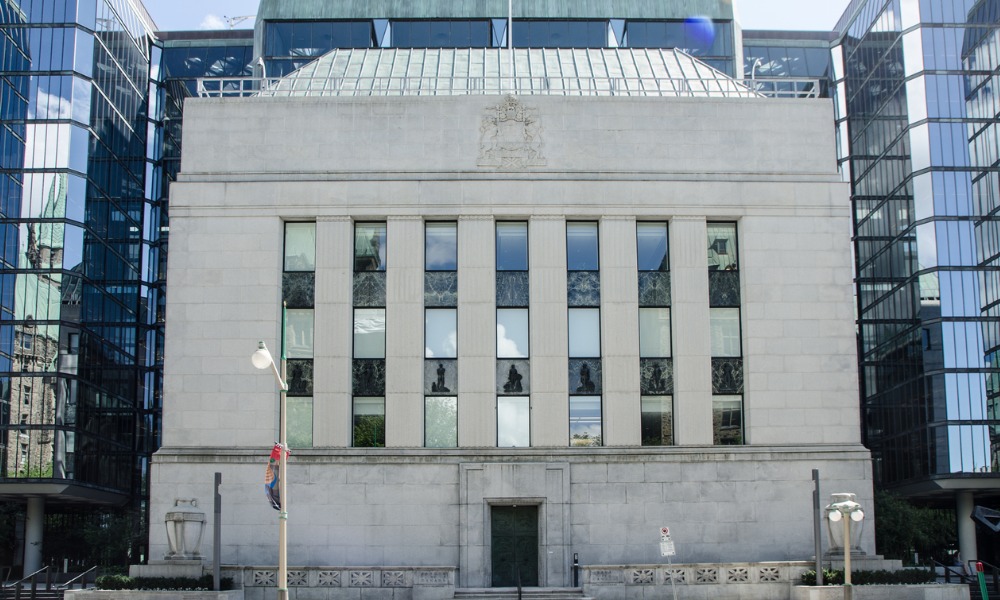At last weekend's China Development Forum, Chinese leaders offered conciliatory language to encourage investment, but can fortunes change for the embattled behemoth?

Last week Xi Jinping played host to the China Development Forum, China’s premier international business conference. The event was attended by a who’s who of international CEOs, including Apple’s Tim Cook, ExxonMobil’s Darren Woods, and HSBC’s Noel Quinn, as well as the heads of major international organizations like the IMF. Amidst the promises, praise, and criticism surrounding the event there was a definite tone of a ‘charm offensive,’ by China.
Tyler Mordy explained why China now feels a need to show a friendly face to international corporations. The CEO and CIO at Forstrong Global Asset Management Inc., an investment management firm with specialized international investing expertise, noted that foreign direct investment (FDI) into China has hit its lowest levels since the 1990s. Chinese equities have been flagging since the pandemic and overall investor sentiment around the country has been gloomy at best. While Mordy is currently more bullish on an emerging market ex China view, he sees in the Development Forum a reminder of China’s central place in the global economy.
“Beijing is undoubtedly on a PR offensive. If you look at what happened last year after the spy balloon incident, attendance was pretty sparse. This year there was a lot more attendance and Xi Jinping took a much more cooperative and conciliatory tone,” Mordy says. “China’s economy faces two sets of issues. There are internal issues, which includes a deep property slump that’s undermining confidence and domestic demand. Then there are external issues with key trade partners complaining about cheap Chinese exports that are threatening to undermine, and even de-industrialize, their domestic industries. The different tenor of the forum this year, even if there’s no direct policy action that comes out of it, will be positive for sentiment.”
While Mordy suggests some of the statements emerging from the conference are little more than PR, including a pledge by China to “treat foreign companies equally,” he highlights the presence of the American CEOs as a reminder of China’s importance. American multinationals know that their fortunes are inextricably linked with China, both as the world’s factory and still one of the largest middle class consumer markets on the planet. China still contributes around 30 per cent of global GDP growth and is set to be the largest market for cars, consumer goods, retail products, and luxury goods.
The CEOs at the conference had to toe a fine line. Mordy explains that there are often two main sets of interests regarding China’s economy: the Chinese and American governments, and corporate interests in both countries. Washington has progressively become more hawkish towards China and we are heading into a general election where both major Presidential candidates have been happy to use China as a punching bag. Mordy jokes that a disdain towards China may be the only issue on which Biden and Trump agree. China has also appeared more adversarial in recent years. Yet corporate interests, Mordy says, typically prevail between the two poles. A warming of business relations with China could be positive for the Chinese economy and geopolitical tensions between the two nations.
“There was a recognition that cutting off countries is counterintuitive, and that the countries that attempt to isolate China risk isolating themselves instead, because other countries are all to happy to fill the gap,” Mordy says. “If we wall nations off from each other invariably they become rivalrous and hostile. The geopolitical rivalry between America and China is particularly dangerous and the key risk is that the world reverts back to something resembling the Iron Curtain that divided Europe between the West and the Soviet bloc after World War II, or even the 1930s Great Depression, when nations raised tariffs in a fit of beggar-thy-neighbor rivalry. Both of those periods were catastrophic. This conference represented a recognition by that it is in everybody’s best interests to work together and find common ground.”
China does have a long way to climb back, if it’s to resume the pre-eminent place among emerging markets that it held through the 2000s and early 2010s. In decrying the prospects for China, many analysts have said that China is ‘turning Japanese,’ and falling into the same patterns as Japan did when its bubble burst in the 1990s. Mordy disagrees with this view wholeheartedly.
A passionate student of the Japanese bubble, he does not see the same massive collapse of asset values against liabilities that we saw in Japan in China. Rather he sees a crisis of confidence, emerging from a bungled set of pandemic policies that kept China locked down for too long. The Chinese household is not under the same balance sheet pressure that Japanese households were and Chinese equities never achieved the same inflated valuations as we saw on the Japanese stock market. China has further to go, and may require more stimulus as its economy stabilizes, but the forces that pushed Japan into stagflation for decades are not at work in China.
As he looks for signs of stability, Mordy wants to see a stabilization of Chinese prices. He notes that food prices are now stabilizing in the country. Other metrics like electricity consumption and car sales will indicate greater economic stability. Finally, he is watching for the Chinese stock market to resume its growth trajectory, underpinned by rising corporate profits.
As advisors talk to their clients about China, Mordy believes there needs to be an awareness of context and China’s place in the global economy. Public sentiment is deeply negative and Chinese equities are not in a good place, but the China Development Forum reminds us that China and Western business interests are tightly linked. If China does stabilize, we may see a resumption of opportunity for retail investors there. And, with diverging economic trajectories and monetary policies (especially from the United States), macro trends in China are highly diversifying for investor portfolios. Asian, and especially Chinese, assets reflect this, showing low correlation to rest-of-world stocks and bonds.
“The main point for investors is that an understanding of an increasingly Asian growth-driven world, and how these regions are stitched together in our global economic ecosystem, is increasingly crucial to get right,” Mordy says. “Given the size and scale of these trends, no global macro view can be complete without an analysis of China.”



